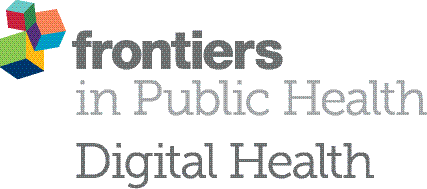Daniela Paolotti

Role: Invited Speaker
Affiliation: ISI Foundation
Biography:
Daniela Paolotti got her PhD in Physics from the University of Camerino, Italy in 2005. She is Research Leader in the Computational Epidemiology and Public Health group at ISI Foundation in Turin. Before joining ISI in 2008, she was a researcher in the Bioinformatics group at the Novartis Vaccine Research Center in Siena. Her main interest is in digital and computational epidemiology. At ISI she coordinates the Europe-wide network of platforms for Web-based surveillance of influenza called Influenzanet.
Abstract:
The ability to rapidly recognize and respond to both global and local health threats remains a critical public health priority. The ever-growing digital world represents an unprecedented opportunity to harvest for tools to face emerging and re-emerging public health issues. This digital means of disease detection and health-related information collection have been made possible by the growing influence of Internet technology, which has significantly changed the landscape of public health surveillance, epidemic intelligence gathering and forecasting of epidemic spreading. Informal digital channels (e.g. social networking sites, Web searches, local news media etc.) have been credited with providing health-related information that are not easily accessible by more traditional channels, such as census or traditional surveillance. More in particular, voluntarily provided self reports on health related matters can become a crucial tool in informing dynamical models for epidemic spreading on a national and global scale. In this talk we present Influenzanet, a European network of participatory systems for the monitoring of Influenza-Like Illnesses (ILI), established in 2009 and now comprising 11 countries. The system relies on the voluntary participation of the general population through a dedicated national website in each country involved in the project. Several thousands of participants are engaged every year in Influenzanet, with about 50K volunteers in the 2017/18 season. After eight years of activity, Influenzanet has proven to be a reliable and flexible monitoring system that has become a complement to existing ILI monitoring infrastructures in several European countries. Its unique characteristics offer the possibility for a direct comparison of ILI rates across countries, for detecting non-medically attended ILI cases, for applying different case definition, and for facilitating individual-level epidemiological analyses generally not possible in standard systems. The timeliness and accuracy of the Influenzanet systems allow the detection of substantial changes in population health, making it a potential tool for a wide variety of applications in public health preparedness and control.
Supported by:













